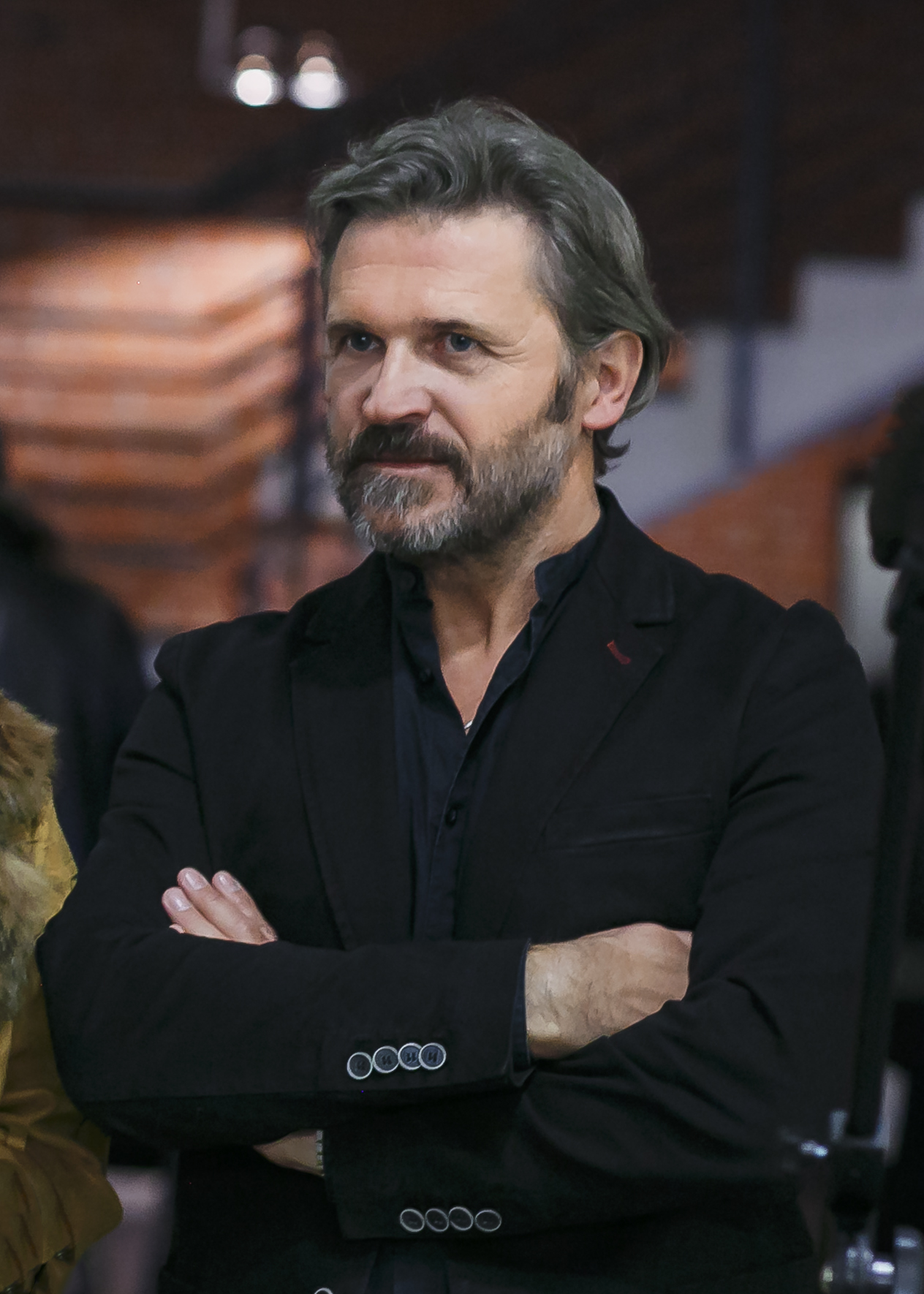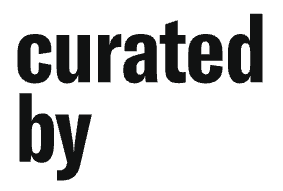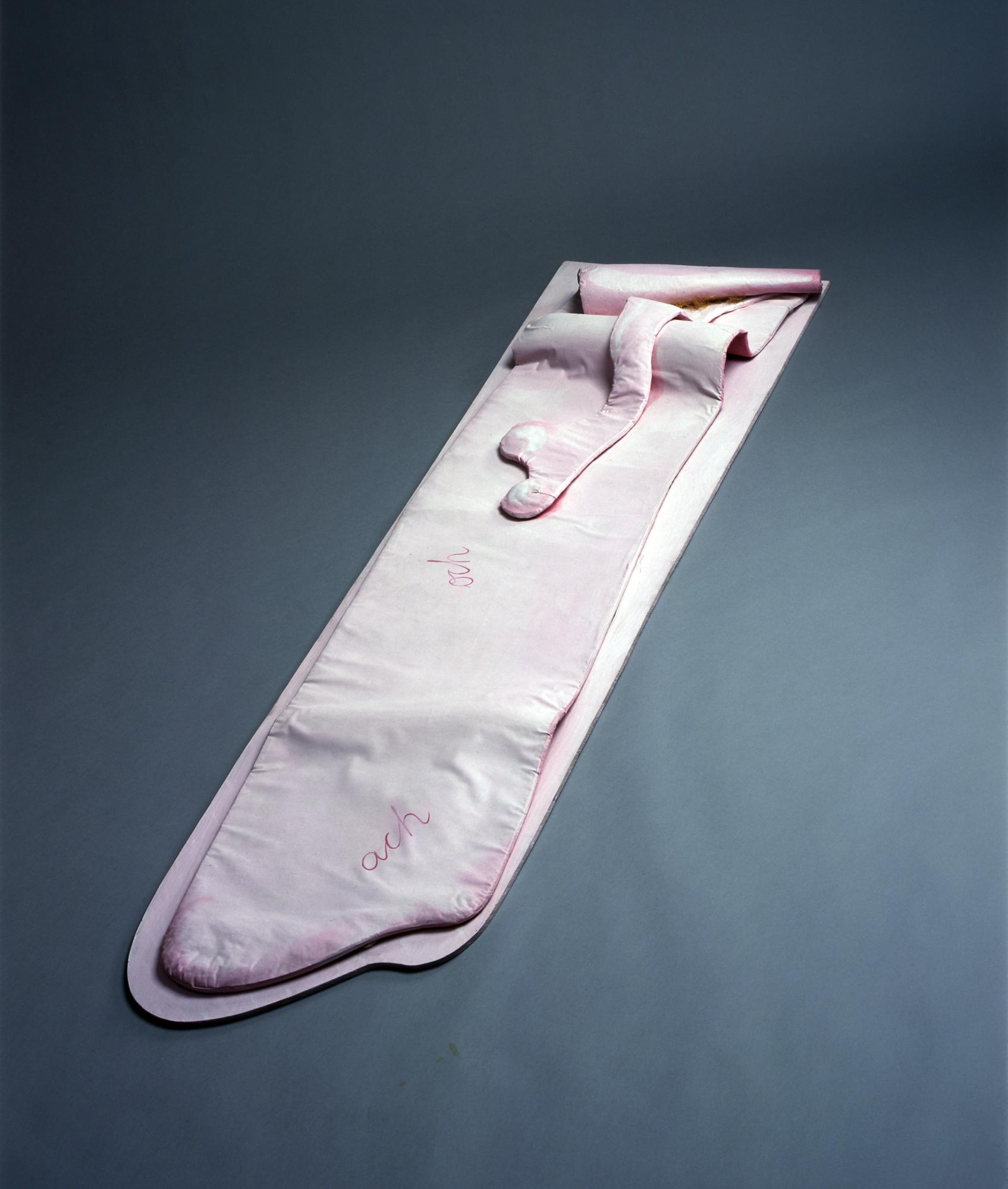Galerie nächst St. Stephan Rosemarie Schwarzwälder curated by Jarosław Suchan
„Meadow of Your Body“

www.schwarzwaelder.at
Curator(s):


Artist(s):
-
Maria Pinińska-Bereś MoreMaria Pinińska-Bereś (1931, Poznań–1999, Krakow) was a sculptor, installation artist, and performer. She is considered a forerunner of environmental and feminist art in Poland, though she had an ambivalent relationship to feminism. In 1950–56 she studied at the Academy of Fine Arts Krakow, in the studio of Professor Xawery Dunikowski, a leading exponent of Polish Modernist sculpture. Tied to the art community gathered around Tadeusz Kantor, in 1979 she became part of the Krakow Group, created on his initiative two decades earlier. Her works are held in the collections of Poland’s most important museums, including the Muzeum Sztuki in Łódź, the National Museum in Krakow, the National Museum in Wrocław, the Centre for Polish Sculpture in Orońsko, and MOCAK Museum of Contemporary Art in Krakow, as well as the Migros Museum in Zurich and many private collections. Her work has been shown at solo and collective exhibitions in Poland and abroad, in recent years at Gender Check, Femininity and Masculinity in Art of Eastern Europe, MUMOK, Vienna (2010), The World Goes Pop, TATE Modern, London (2015), 20 – An Exhibition In Three Acts: Collection Revisited 1960–1982, Migros Museum, Zurich (2016), 56 Artillery Lane, Raven Row Gallery, London (2017), The Penumbral Age: Art in the Time of Planetary Change, Museum of Modern Art, Warsaw (2020).
Exhibition text
More
Biomorphic shapes, flattened like rolled-out dough, alluding to sex, a soft, spongy material embraced by an intensely pink canvas with letters in curving, “feminine” script, forming rapturous sighs: “oh” and “ah.” The title only confirms what our senses have already managed to intuit...
Łąka Twojego ciała [The Meadow of Your Body] is one of many works by Maria Pinińska-Bereś merging two of the artist’s fascinations, the erotic and nature, two kinds of love: love that manifests itself in liberated and liberating sexuality and love that blooms from joining the world of nature—a realm of joyful, unbound sensuality. “I ran blindly through those marvelous meadows and copses until I found myself in a gorge. I had a moment of clarity, I felt at one with the moss, lichen, with all those miracles surrounding me. I immersed myself in the moss, I rolled about, moaning with delight. I lay there a long time in utter bliss.” This is how the artist recalled a trip outside the city as a girl. This could just as well be a poetic description of love-making—and this ambivalence is not purely rhetorical.
The fleshy, sensual shapes stamped to a greater or lesser degree by allusions to male, female, or androgynous sexuality appeared in Maria Pinińska-Bereś’s art in the early 1960s. Educated in the studio of one of Poland’s foremost Modernist sculptors — Xawery Dunikowski —, she initially grappled with this medium, using solid sculpting materials (cement) and forms (rotundas, stele). These aspirations to timeless value, their emotional distance and monumental gravity, were disavowed by the artist, or perhaps queered, by adding “inappropriate” accessories: quilt bases made from apron cloth, with holes cut for the woman’s breasts etc. Over time, the cement and sculpted forms gave way to media that had formerly been accessories. The artist used them to build scenes where she could openly, “shamelessly” display her feminine desires.
The soft materials and forms conjure erotic emotions; they are joined by pink, which became the artist’s signature. Pink evokes sexual corporeality, and yet, as the color of girls’ toys and clothes, it is a means of differentiating, preparing women for their social roles. Pinińska-Bereś confronts this cultural connotation. Yet the “meadow of the body” that spreads before us is unlike the “battlefield” from Barbara Kruger’s memorable work. True, the artist does not remain indifferent to the oppression of the patriarchal culture, to its models objectifying the female body—Czy kobieta jest człowiekiem? [Is a Woman a Person?], a work made of a bathing suit and a label for writing the date of production and expiry date, is not the sole evidence of this. Yet the celebration of emancipated female sexuality seems more crucial to her art. This emancipatory moment is incontrovertibly joined to articulating a sense of a sensual community that transcends the individual, a kind of pan-eroticism, an adoration of vital energy that saturates everything, collapsing the hierarchical differences between male and female, human and non-human. These relations based on dominance and exploitation—of the female body by the male gaze, of nature by instrumental reason—are replaced by relations founded on sensitivity and care. As in Przenośny pomnik: Miejsce [Portable Monument: A Place], a fragile, ephemeral construction made of flimsy materials, built by the artist on hills and in meadows, not to subjugate the surrounding nature, but to pay tribute to it. Unlike a traditional monument, Przenośny pomnik: Miejsce is not a sign of rule, but of shared feeling and existence. Like the pink flag that proudly flies over the artist’s performances. A sign of a vulnerable weakness, which might be the last chance to save a world destroyed by force.





